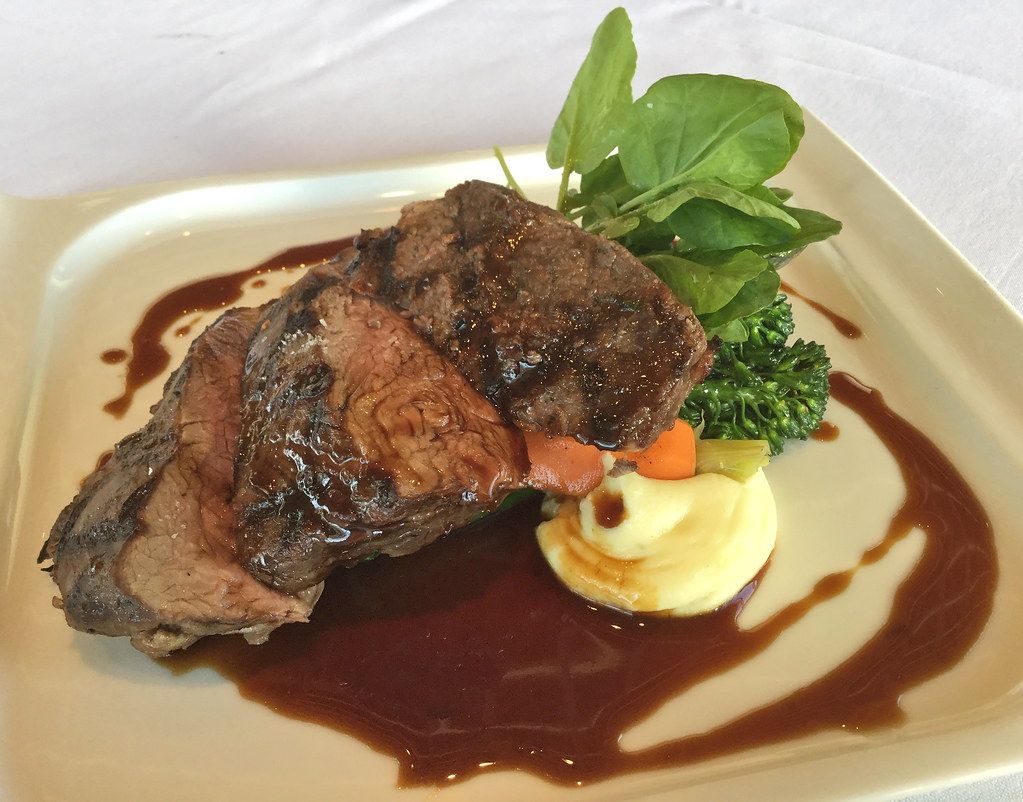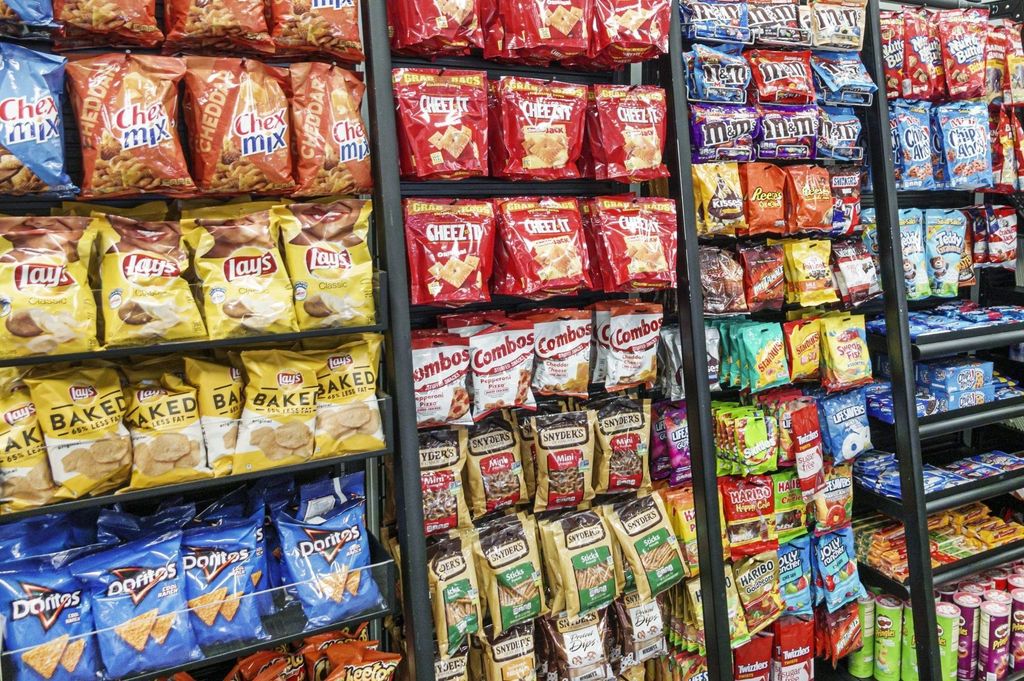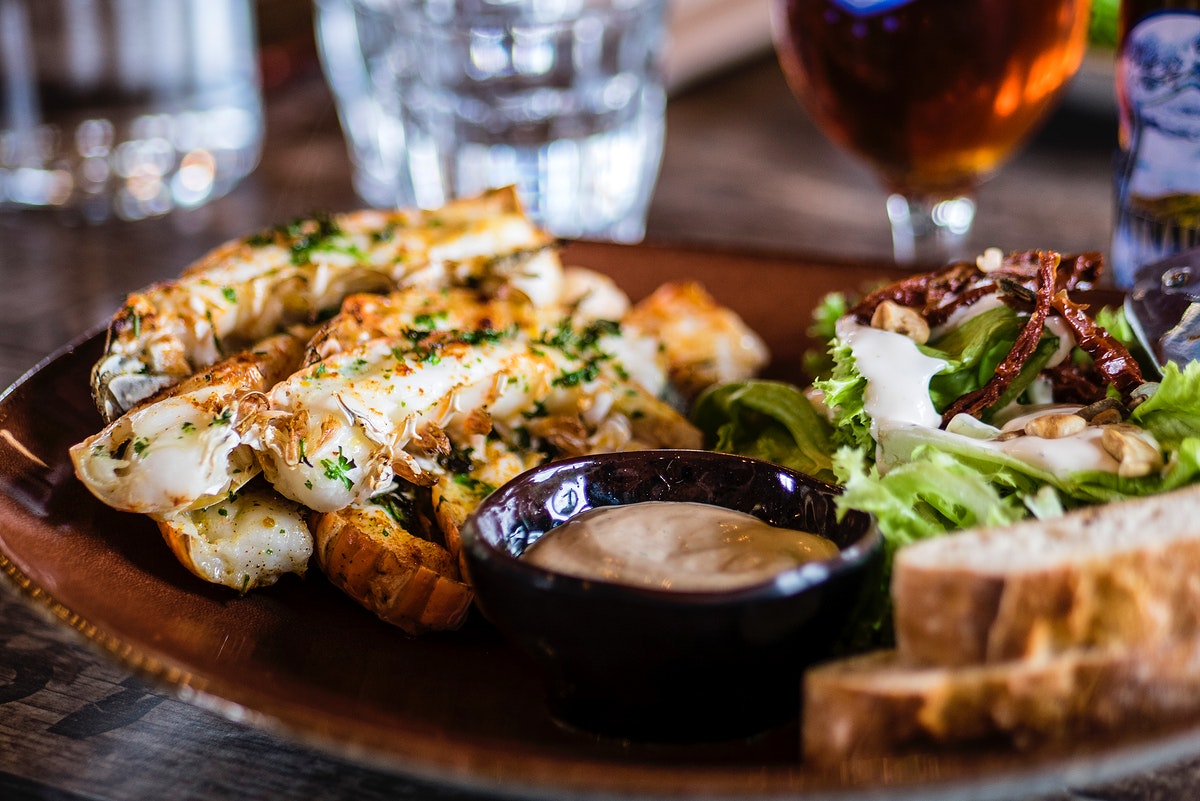
There’s something truly unforgettable about a favorite restaurant, isn’t there? The familiar scent, the cozy booths where countless conversations unfolded, the signature dishes that became synonymous with celebrations or simply a comforting Tuesday evening—these places etch themselves into our memories. They’re more than just establishments serving food; they become cornerstones of our communities, backdrops to our lives, and cherished vaults of shared experiences. Sadly, as we all know, not every beloved eatery can stand the test of time, and many iconic spots have closed their doors, leaving a void that no amount of nostalgia can quite fill.
Indeed, the restaurant industry is a notoriously challenging landscape, one constantly reshaped by external pressures and evolving consumer tastes. We’ve witnessed firsthand the mounting challenges that restaurants face, whether it’s the insidious creep of gentrification, the crippling burden of rising retail rental costs, or the prolonged financial fallout following global crises, industry strikes, and even devastating natural disasters like the January wildfires. These forces can be relentless, turning even the most robust culinary empires into fragile endeavors, demonstrating that even the most established names are not immune to the winds of change.
In this deeply engaging journey, we’ll traverse the main streets and bustling avenues of memory, revisiting a collection of these once-thriving institutions that, despite their enduring appeal, ultimately faded away. Each closure tells a unique story—a narrative rich with entrepreneurial spirit, shifting cultural trends, and the harsh realities of a competitive market. But while the focus will be on these vanishing acts, we also carry with us a glimmer of hope, a counter-narrative of remarkable resilience where some brands, against all odds, have managed to stage impressive comebacks. Join us as we explore the legacies of those we lost, and ponder what it takes to survive in the ever-unpredictable world of dining.
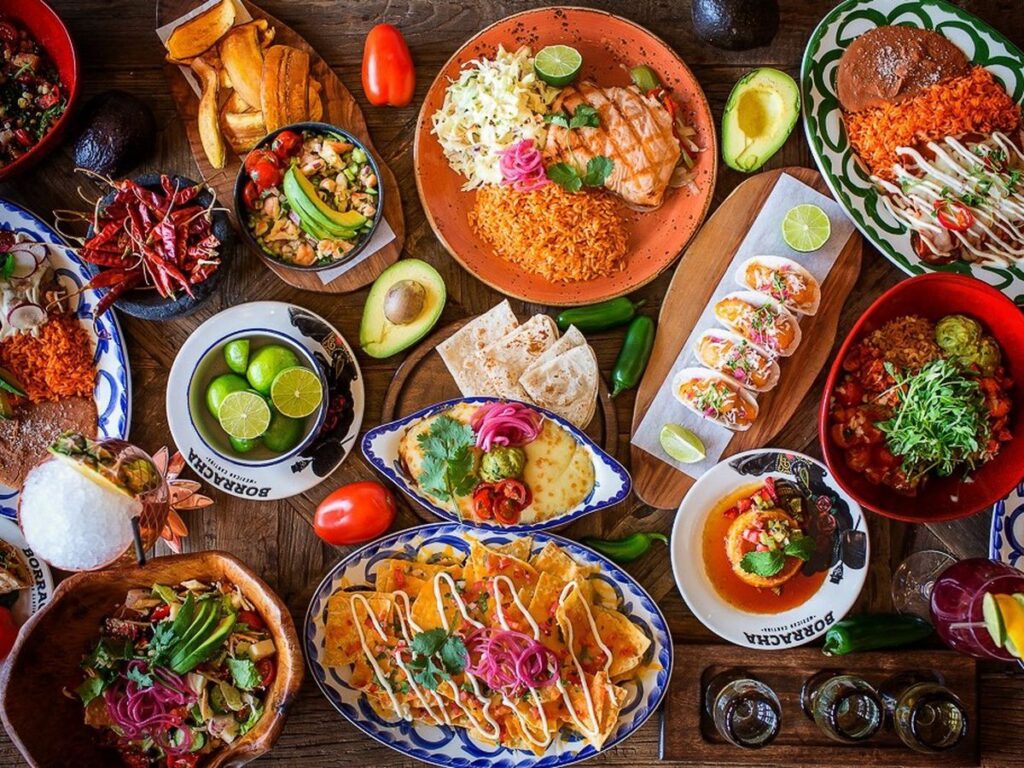
1. **Chi-Chi’s**
For a considerable period, Chi-Chi’s stood as the undisputed monarch of casual Mexican dining across America. Its vibrant, festive atmosphere was its hallmark, a lively backdrop for families and friends to gather, celebrating life’s moments over plates that practically sizzled with excitement. The sheer ubiquity of its locations meant that for many, Chi-Chi’s was their first, and often most memorable, introduction to Mexican cuisine outside of a home kitchen, cementing its place as a cultural touchstone.
However, even a king can face a dramatic downfall. Chi-Chi’s encountered a series of significant financial troubles that began to chip away at its foundation. While the specific intricacies of these struggles are complex, they often involve a combination of intense market competition, challenges in adapting to evolving consumer demands for freshness and authenticity, and perhaps overextension that diluted the brand’s original appeal. These economic headwinds created a precarious environment, making the chain vulnerable to any major setback.
The final, devastating blow came in the form of a widely publicized food safety crisis, which delivered a critical hit to public trust—an asset far more valuable than any menu item. Such an event, particularly one related to the safety of the food served, is incredibly difficult for any restaurant brand to overcome. It irrevocably damaged Chi-Chi’s reputation and consumer confidence, ultimately leading to its irreversible decline and final closure in the U.S., a stark reminder of the fragile balance between popularity and operational integrity.
Read more about: Beyond the Bargain Bin: 15 Walmart Products Shoppers and Experts Say Aren’t Worth Your Hard-Earned Cash

2. **Howard Johnson’s Restaurants**
Howard Johnson’s was more than just a restaurant; it was an iconic symbol of the mid-20th century American road trip, instantly recognizable by its distinctive orange roofs dotting highways from coast to coast. These welcoming beacons offered weary travelers a consistent and reliable stop, serving as a comforting presence during an era when family vacations and cross-country journeys were becoming increasingly popular. The orange roof wasn’t just branding; it was a promise of a certain kind of Americana.
Inside, diners were treated to a menu brimming with classic comfort food, the kind of uncomplicated, satisfying fare that resonated deeply with the American palate. From hearty fried clams to creamy ice cream in dozens of flavors, Howard Johnson’s cultivated a sense of nostalgic familiarity. It wasn’t about culinary innovation, but rather dependable quality and a welcoming environment, making it a beloved stop for generations of families who sought a taste of home away from home.
Yet, as the decades turned, the landscape of American travel and dining underwent a profound transformation. The rise of faster, more diversified fast-food options and the proliferation of chain hotels with their own dining facilities gradually eroded Howard Johnson’s unique position. Today, its once-ubiquitous presence has dwindled to mere memories and a scattering of retro souvenirs, a melancholic testament to how swiftly changing consumer habits and competitive pressures can render even the most entrenched institutions obsolete.

3. **Steak and Ale**
Steak and Ale carved out a distinct and cherished niche in the American dining scene, becoming synonymous with a particular type of romantic, yet accessible, evening out. Its dimly lit dining rooms, often adorned with a touch of medieval-inspired decor, offered an intimate ambiance that felt special without being overly formal. This setting, combined with its reputation for serving affordable steaks, made it the quintessential destination for date nights, anniversaries, and other celebratory occasions for decades.
For many, Steak and Ale wasn’t just a place to eat; it was where significant life moments unfolded. It represented a step up from everyday dining, a place where one could enjoy a quality meal in a cozy, somewhat sophisticated environment without breaking the bank. The allure of a well-cooked steak, accompanied by a generous salad bar, solidified its position as a go-to choice for countless couples and families seeking a reliable and enjoyable dining experience across multiple generations.
Despite its long-standing popularity and loyal customer base, Steak and Ale ultimately succumbed to significant financial struggles. The casual dining landscape became increasingly crowded and competitive, with new concepts constantly emerging to capture diners’ attention. Maintaining quality and affordability while dealing with rising operational costs proved to be an insurmountable challenge. These economic pressures, coupled with evolving preferences for different types of dining experiences, spelled the unfortunate end for a chain that once so perfectly encapsulated the American idea of a special, yet accessible, night out.
Read more about: 14 Fast Food Chains That Are Seriously Struggling (And Why Diners Are Saying ‘Hard Pass’)
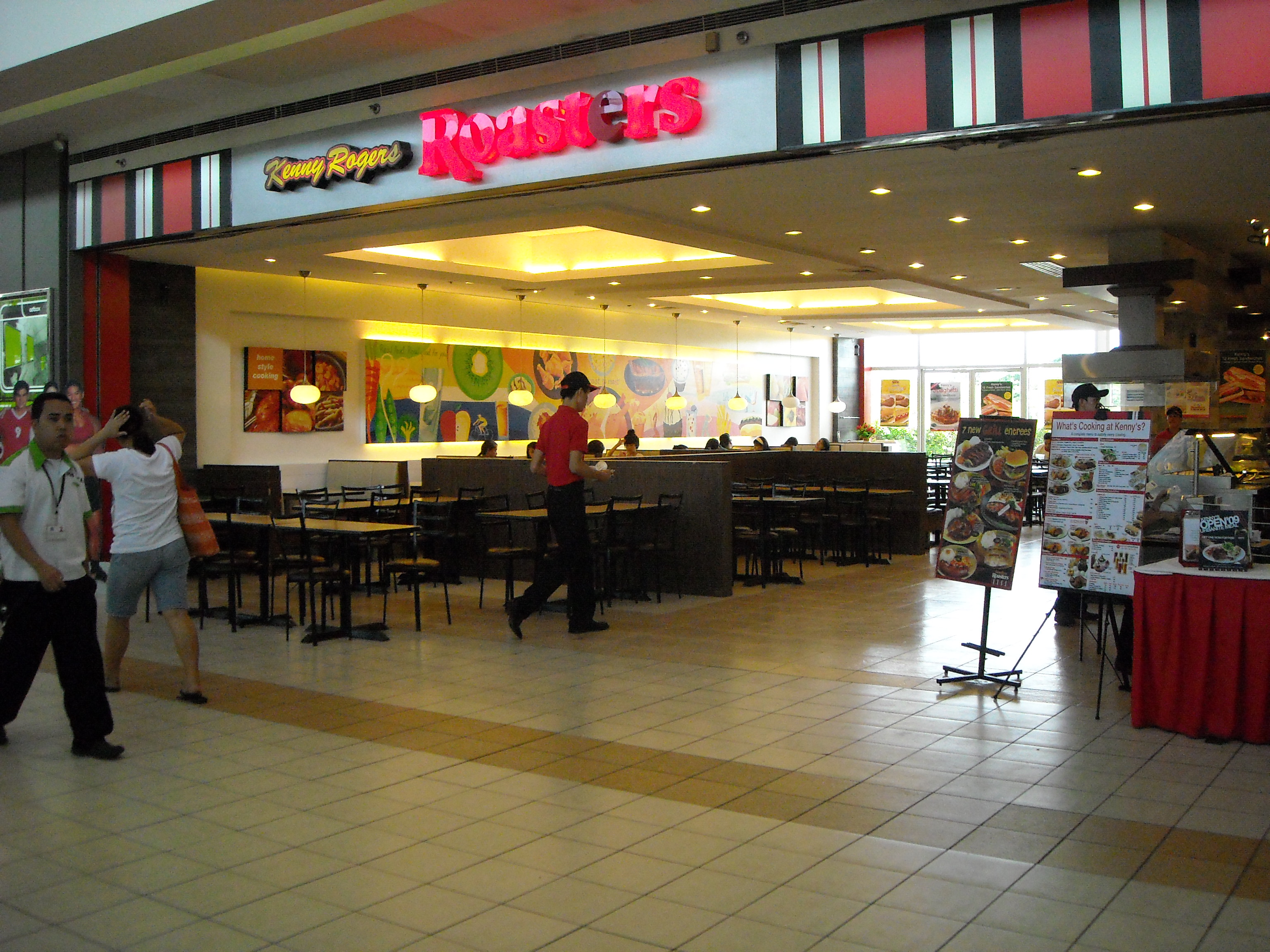
4. **Kenny Rogers Roasters**
When country music legend Kenny Rogers lent his name to a chicken-centric chain, it instantly garnered significant attention and a ready-made loyal following. Kenny Rogers Roasters leveraged the star’s wholesome, trustworthy image to promote a menu focused primarily on rotisserie chicken, a healthier alternative to the prevalent fried chicken offerings of the time. This celebrity endorsement, combined with a seemingly fresh concept, propelled the brand to rapid popularity across the U.S.
The chain’s emphasis on flavorful, slow-roasted chicken, often accompanied by classic sides like corn muffins and mashed potatoes, struck a chord with diners seeking comfort food that felt a bit more wholesome. Its success wasn’t just about the celebrity; it was about tapping into a demand for quality, convenient meals that catered to a broad demographic. For a time, it seemed as though Kenny Rogers Roasters was poised to become a lasting fixture in the fast-casual segment, a testament to the power of a strong concept backed by a beloved public figure.
However, the restaurant industry is a relentless arena, and despite its initial popularity, Kenny Rogers Roasters ultimately found itself unable to withstand the intense competition from other fast-casual chains. The market became saturated with an array of dining options, and maintaining a competitive edge in terms of innovation, pricing, and marketing became increasingly difficult. This fierce competition, coupled with potential internal management challenges, led to a gradual decline in the U.S., demonstrating that even celebrity backing and a strong start are not guarantees of long-term survival in the cutthroat food service world.

5. **Lum’s**
Lum’s possessed a truly distinctive allure, setting it apart from the burgeoning array of fast-food establishments with its genuinely quirky charm. The chain’s most famous offering—hot dogs steamed in beer—was not just a menu item; it was a signature experience, a culinary novelty that captivated diners and created a buzz. This unique approach to a classic American staple, combined with its generally casual and inviting atmosphere, fostered a sense of fun and individuality that customers genuinely adored.
This unique selling proposition allowed Lum’s to cultivate a devoted following. Diners were drawn to the novelty of the beer-steamed hot dogs, but they stayed for the overall convivial atmosphere and the sense of a dining experience that was a little different, a little more memorable, than the standardized offerings elsewhere. It was a place where food felt like an adventure, contributing to its reputation as a beloved local spot in many communities.
Yet, even the most charming and unique concepts can fall victim to the inexorable march of culinary evolution. Lum’s eventually found itself outpaced by significant shifts in dining trends. As consumer preferences evolved towards more diverse cuisines, health-conscious options, or even more modern fast-casual concepts, the novelty of the beer-steamed hot dog began to wane. These broader market movements, indicating a desire for different culinary experiences, ultimately forced the brand out of business, proving that even a strong identity sometimes isn’t enough to secure longevity.
Read more about: From Glory to Pain: Decoding the ‘Worst’ Bodybuilding Injuries and the Nuance of Athletic Catastrophe

6. **Official All-Star Café**
The mid-1990s saw a surge in celebrity-backed themed restaurants, and the Official All-Star Café was a prominent player in this trend. This ambitious venture fused the star power of sports icons with a casual dining experience, promising fans a chance to immerse themselves in a high-energy, sports-centric environment while enjoying familiar American eats. The concept generated immense hype upon its launch, drawing in crowds eager to experience the intersection of dining and athletic celebrity.
Designed as a temple to sports, the All-Star Café aimed to combine memorabilia, multiple television screens broadcasting games, and a menu of “casual eats” that appealed to a broad family audience. The initial excitement was palpable, fueled by the novelty of its concept and the star wattage of its founders and investors. It was an ambitious endeavor to create an entertainment destination as much as a dining spot, reflecting a period when restaurants were increasingly vying for experiential appeal.
However, despite the significant initial investment and a flurry of opening-day enthusiasm, the Official All-Star Café proved to be a fleeting phenomenon. The extensive hype gradually gave way to lukewarm reviews and operational challenges, and it ultimately fizzled out by the early 2000s. The rapid decline highlighted the inherent difficulties of sustaining celebrity-driven concepts, where novelty often eclipses substance, and the intense scrutiny that comes with high-profile ventures can quickly expose underlying weaknesses in concept or execution, serving as a cautionary tale for similar ventures.
Read more about: Beyond the Finish Line: Athletes Who Defied Age, Redefined Retirement, and Left an Indelible Mark

7. **Burger Chef**
Before the monolithic reign of the golden arches, Burger Chef was a formidable contender in the nascent fast-food industry, genuinely giving McDonald’s a significant run for its money. It was an innovator in its own right, credited with introducing concepts like the Kids’ Meal (Funmeal) and the self-service topping bar, demonstrating a forward-thinking approach that resonated with consumers seeking convenience and customization. For a time, it was a genuine rival, widely distributed and deeply ingrained in the American dining landscape.
At its zenith, Burger Chef boasted thousands of locations nationwide, embodying the efficiency and accessibility that defined the fast-food revolution. Its offerings, from charbroiled burgers to milkshakes, were popular, and its operational model was highly effective, positioning it as a major player in the rapidly expanding market. It was a period when the battle for fast-food supremacy was truly competitive, and Burger Chef was very much in the thick of it, often seen as a legitimate alternative to its eventual larger rival.
Regrettably, despite its innovative spirit and initial success, Burger Chef’s journey ultimately concluded with its demise, largely attributed to a series of critical business missteps. These strategic errors, whether related to franchising policies, marketing decisions, or an inability to adapt to the aggressive growth and standardization strategies of its competitors, proved to be fatal. Its story serves as a poignant illustration that even pioneering brands with a strong market presence can be undone by flawed management and the ruthless pace of competition, allowing rivals to seize control of the market and leave even a once-dominant player in the annals of history.
Read more about: 14 Fast Food Chains That Are Seriously Struggling (And Why Diners Are Saying ‘Hard Pass’)

8. **Casa Bonita (original locations)**
There are restaurants, and then there are experiences. Casa Bonita firmly belonged to the latter, less a dining establishment and more a full-blown theme park disguised as a Mexican restaurant. With its famed cliff divers plunging into a lagoon, expansive faux caves, and general atmosphere of joyous, over-the-top kitsch, it captured the imagination of countless families and became a legendary destination in its own right. Its unique allure stemmed from its commitment to immersive entertainment, turning a meal into an adventure with vibrant murals, strolling mariachis, and thrilling diver performances.
Guests weren’t just going out to eat; they were embarking on a fantastical escape from the everyday. This theatrical approach meant Casa Bonita held a special, almost mythical place in the hearts of its patrons, transcending mere culinary evaluation. It was a place where childhood memories were forged, often amid slightly less-than-gourmet food, but that was never the true point.
Over time, however, many of the original Casa Bonita locations began to close their doors. While their legacy and devoted fan base remained undeniably strong, the challenges of maintaining such an elaborate operational model proved daunting. Immense overheads and shifts in consumer expectations contributed to the gradual decline of these beloved original outposts, showing that even unique spectacle can struggle against market realities.
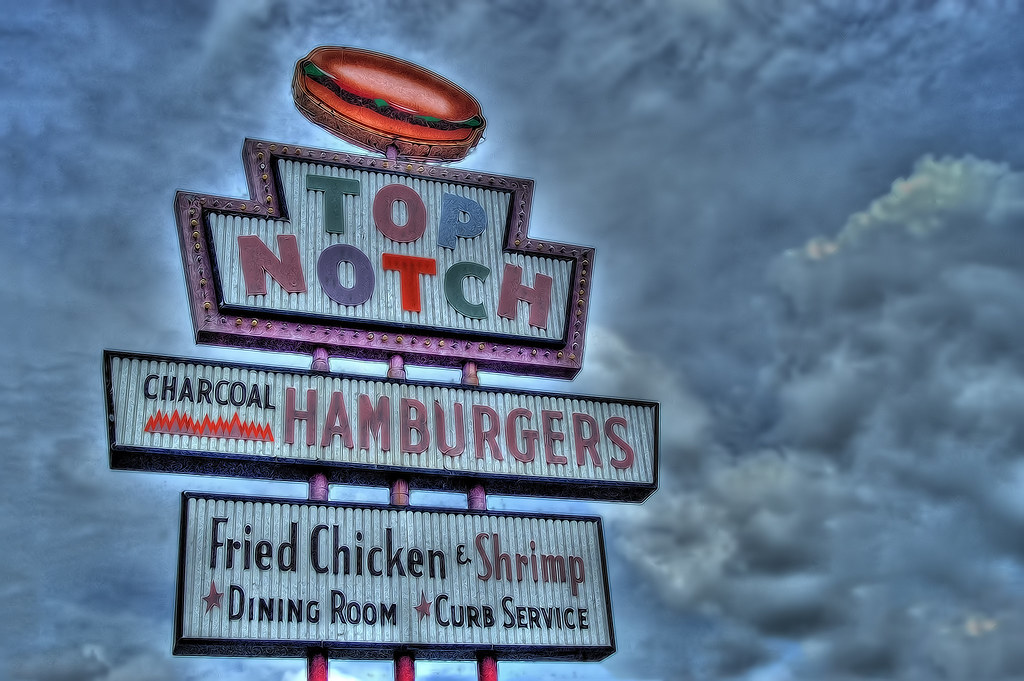
9. **Gino’s Hamburgers**
In the golden age of American fast food, before mega-chains dominated every corner, Gino’s Hamburgers carved out a significant space, particularly for sports fans and families. Founded by the legendary NFL Hall of Famer Gino Marchetti, this chain brought a distinct sense of local pride and hearty Americana to the burger scene. It offered a familiar, comforting presence, rooted deeply in the communities it served.
Gino’s quickly became renowned for its substantial, satisfying burgers that resonated with a populace seeking reliable, quality fast food. The emphasis was on a robust meal that felt like a reward, echoing the straightforward appeal of its namesake. Beyond just the burgers, Gino’s cultivated a genuine “hometown feel,” making it a beloved stop for generations.
However, even with a strong brand identity and a loyal customer base, the competitive landscape of the fast-food industry proved to be an ever-shifting battleground. As market dynamics evolved and new players entered the arena, Gino’s found it challenging to maintain its unique position.
Ultimately, these changing markets and escalating competition proved to be insurmountable hurdles, leading to the unfortunate downfall of Gino’s Hamburgers. Its story serves as a poignant reminder that even deeply cherished institutions must constantly adapt to survive in the cutthroat world of quick-service dining. The legacy of Gino Marchetti’s venture still conjures fond memories of a simpler time for many.

10. **Bob’s Big Boy (some original locations)**
Bob’s Big Boy, with its instantly recognizable, oversized statue of a grinning boy holding a Big Boy hamburger, was an undeniable icon of mid-century American dining. These classic diners, famous for their double-decker burgers and creamy milkshakes, were more than just restaurants; they were cultural landmarks. They stood as nostalgic beacons, defining the roadside aesthetics of a bygone era and welcoming travelers and locals alike into their brightly lit, retro-inspired booths, becoming integral parts of community life.
For decades, Bob’s Big Boy represented the quintessential American diner experience. The menu was a parade of comfort food classics, but it was the “Big Boy” burger itself that truly captured hearts and palates. These establishments were hubs for family outings, teenage dates, and late-night gatherings, fostering countless cherished memories around their tables.
While the Big Boy brand itself has endured, and a few cherished original locations still proudly stand, many of these iconic diners with their distinctive kitschy statues have sadly vanished. Challenges like property development, aging facilities, and fierce competition from newer concepts led to these closures. Today, the widespread presence of its original, standalone diners is largely a memory, a bittersweet testament to a brand that couldn’t always keep pace with the relentless evolution of the American dining landscape.
11. **Horn & Hardart Automats**
Imagine a restaurant where your meal appeared behind a small glass door, almost as if by magic, after dropping a few coins into a slot. This was the revolutionary concept of Horn & Hardart Automats, which captivated diners in the early 20th century, particularly in bustling urban centers. These self-serve establishments offered a glimpse into a futuristic dining experience, combining efficiency, novelty, and affordability in a groundbreaking way for their time.
The Automats were more than just a place to eat; they were a marvel of mechanical ingenuity and a social phenomenon. Patrons could browse a dazzling array of freshly prepared dishes, each displayed in its own little compartment. The act of selecting a meal, inserting coins, and watching the door spring open was an experience in itself, turning a mundane meal into a fascinating interaction.
However, as the 20th century progressed, the very innovations that made Automats revolutionary began to be eclipsed by new trends. The rise of modern fast-food restaurants, with their drive-thrus and simplified menus, offered a different kind of convenience that appealed to an increasingly fast-paced society. The novelty and practicality of the automaton model eventually struggled to compete, leading to their closure and marking a significant turning point in American dining history.
Read more about: The Astonishing Journey: Unearthing the Centuries-Old History of Your Favorite Fast Food Chains
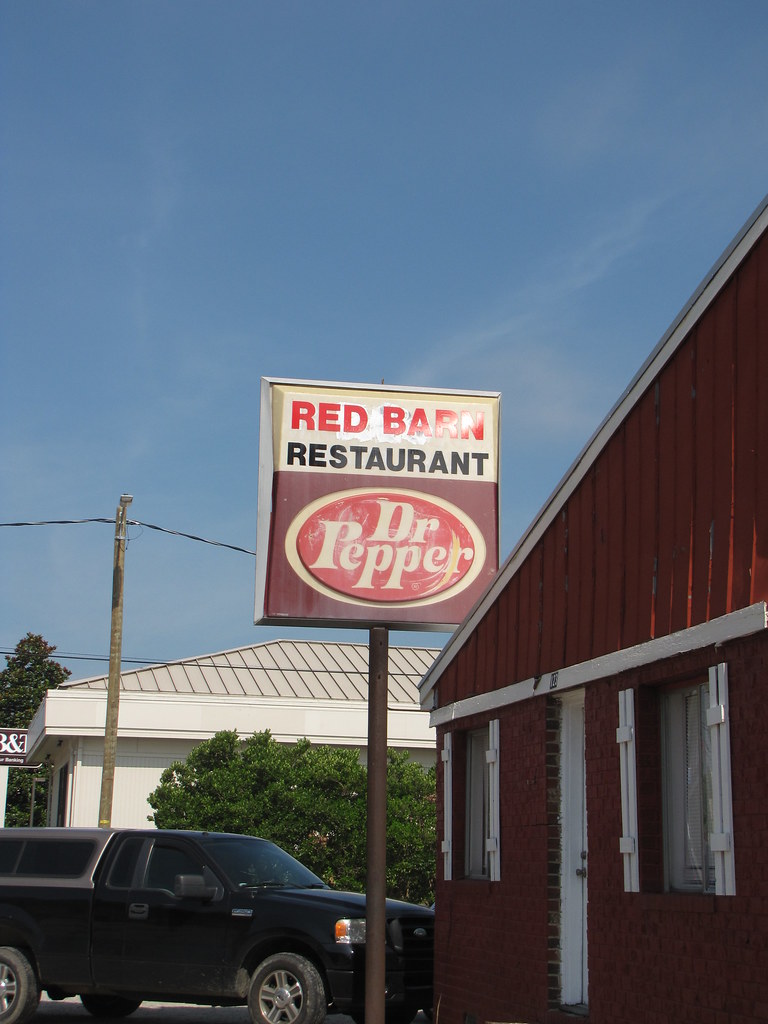
12. **Red Barn**
With its distinctive barn-shaped buildings, often painted in a bright, eye-catching red, Red Barn stood out on the American roadside for several decades. This fast-food chain became a beloved fixture in many communities, offering a menu centered around comforting classics like burgers and fried chicken. Its unique architectural design made it instantly recognizable.
Red Barn cultivated a reputation for delivering solid, family-friendly meals in an inviting, if somewhat quirky, environment. For many, it was a reliable stop for a quick and satisfying dinner, a place where the simple pleasures of a good burger or crispy fried chicken could be enjoyed without fuss.
Despite its popularity and widespread distribution across various states, Red Barn, like so many others, quietly faded away by the 1980s. The reasons for its disappearance are multifaceted, often including an inability to keep pace with the aggressive expansion and marketing budgets of larger, more dominant fast-food giants.
The quiet exit of Red Barn serves as a melancholic example of how even well-loved regional chains can be outcompeted in a fiercely competitive market. For those who remember its red barns and comforting meals, it remains a cherished memory of a particular era in American fast-food history.
Read more about: Can You Really Guess These Iconic Movies From Just ONE Picture? Let’s Find Out!

13. **Sambo’s**
In the 1970s, Sambo’s was a true titan of the American restaurant scene, a pancake house chain boasting hundreds of locations nationwide. It was a ubiquitous presence, offering breakfast, lunch, and dinner in a casual, family-friendly setting that appealed to a broad demographic. Its rapid growth and widespread distribution made it one of the era’s most recognizable and successful dining establishments, seemingly poised for enduring dominance.
The menu at Sambo’s centered on classic American diner fare, with an emphasis on pancakes and other breakfast staples. It provided an accessible and affordable dining option for families across the country, making it a go-to spot for everything from weekend brunches to quick weekday meals. For a time, it embodied the spirit of casual, convenient dining that was popular with the burgeoning middle class, building a massive footprint in the restaurant industry.
However, Sambo’s encountered significant and ultimately insurmountable challenges primarily due to widespread controversy surrounding its name. Derived from the names of its founders, Sam Battistone and Bo H. Grigsby, the name unfortunately coincided with a deeply offensive racial slur, leading to widespread protests and boycotts. This cultural insensitivity, combined with changing social attitudes, created a public relations nightmare that the brand struggled immensely to overcome.
Facing intense public pressure and a rapidly deteriorating reputation, Sambo’s attempted rebranding efforts, but these proved largely ineffective in salvaging the chain’s image. The controversy, coupled with evolving consumer tastes and increased competition, led to its irreversible decline and eventual disappearance from the national stage. Sambo’s stands as a stark and cautionary tale about the critical importance of brand perception and cultural awareness in the business world.

14. **Schrafft’s**
Schrafft’s occupied a unique and elegant position in American dining, particularly through the early to mid-20th century, synonymous with quality. It offered a sophisticated yet approachable experience for fine dining alongside an array of exquisite sweet treats. These establishments, often beautifully appointed, served as popular destinations for leisurely lunches, afternoon teas, and refined dinners, cultivating a reputation for genteel service and delicious offerings.
More than just a restaurant, Schrafft’s was a cultural institution, especially for women, providing a respectable and comfortable environment for social gatherings and meals. Its menu reflected a commitment to classic American cuisine, prepared with a touch of refinement that set it apart. The bakeries within Schrafft’s were equally legendary, famed for their confections, chocolates, and ice cream, adding another layer of appeal to its diverse clientele.
However, as the latter half of the 20th century ushered in dramatic shifts in American lifestyles and dining preferences, Schrafft’s found itself increasingly out of step. The rise of more casual dining chains, focused on speed and affordability, eroded its market share. This evolving culinary landscape ultimately rendered Schrafft’s obsolete in its original, grand form, marking the end of an era as it failed to adapt to changing consumer demands.
**An Enduring Legacy in a Dynamic Industry**
The stories of these vanished eateries, from the theatrical spectacle of Casa Bonita to the refined elegance of Schrafft’s, vividly illustrate the restaurant industry’s unforgiving nature. Each closure represents a unique blend of entrepreneurial spirit, cultural relevance, and an inability to withstand relentless market pressures. Yet, their legacies persist, not just in nostalgic anecdotes, but in the valuable lessons they offer about adaptation and resilience. As we reflect on these iconic departures, it becomes clear that while physical establishments may fade, the indelible mark they leave on our collective culinary memory—and the enduring spirit of human connection through food—remains, perhaps even inspiring future comebacks from the ashes of yesteryear.

